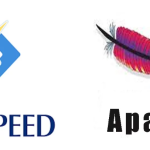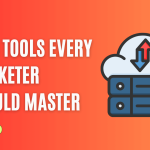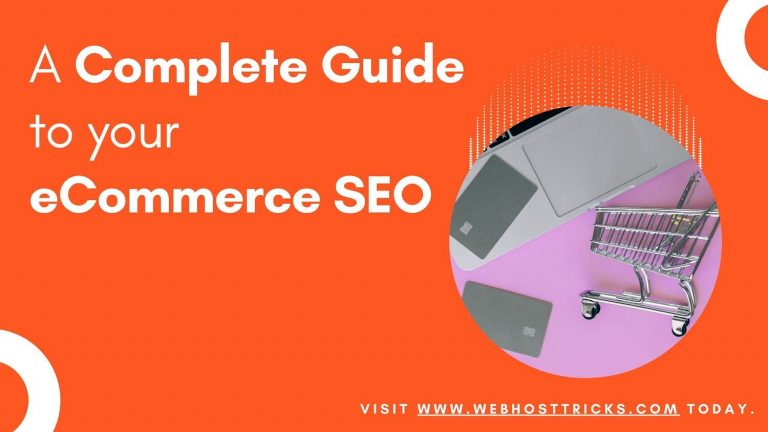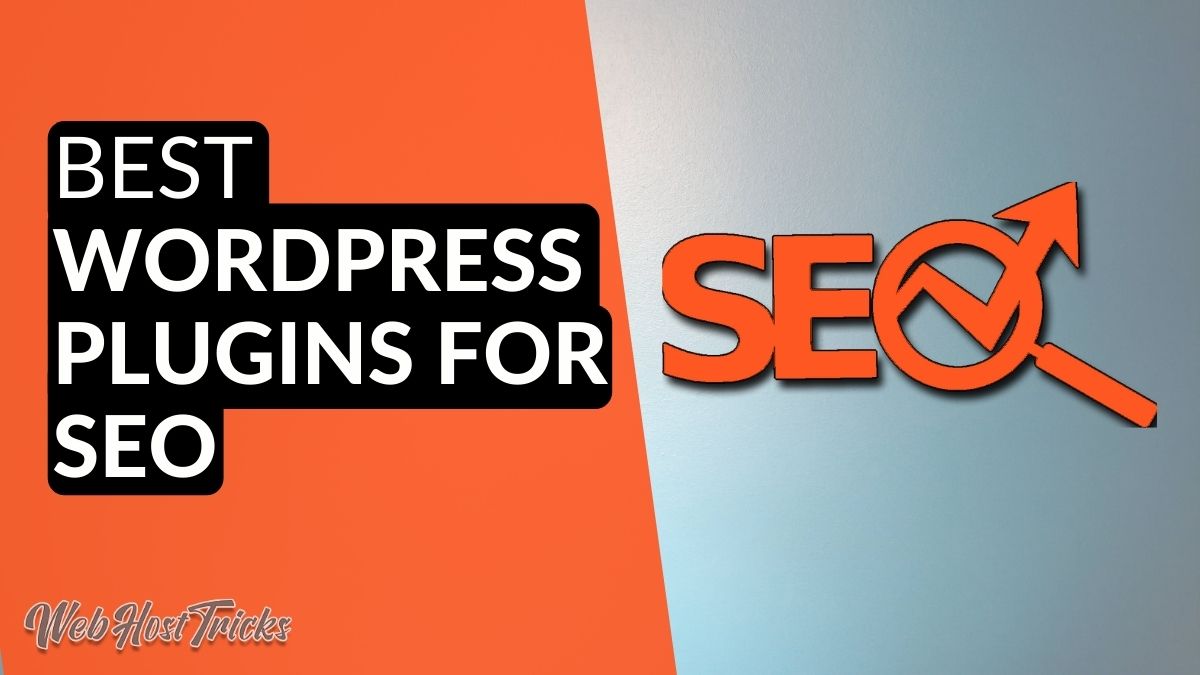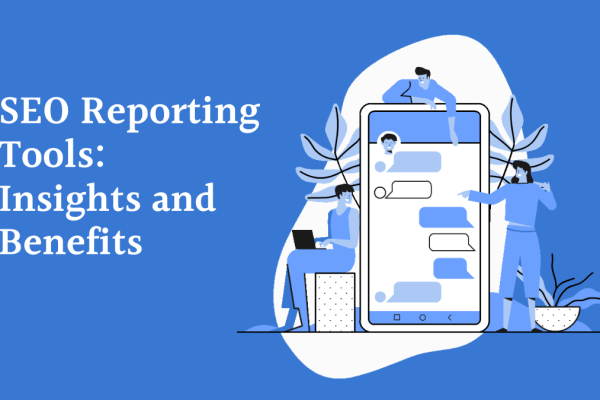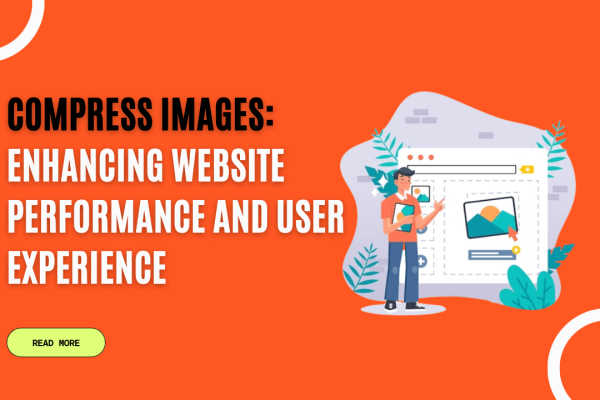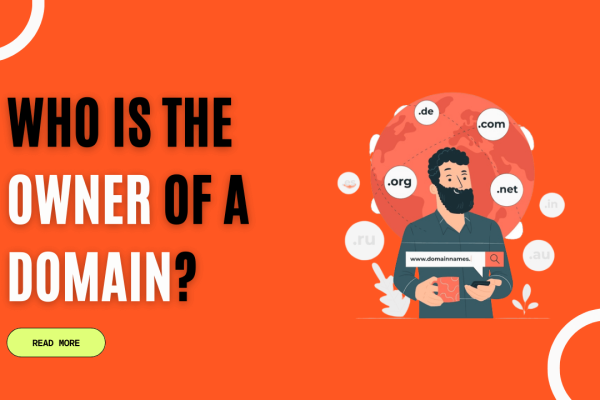SEO is critical to expanding your company’s reach, which leads to increased brand awareness and sales conversions.
It is one trick that every business, new or old, large or small, must learn to survive and thrive.
E-commerce, The basic approach of SEO, differs from traditional SEO. It is the process of increasing the visibility of your online store in search results. If someone searches for the products or services you provide, you should rank as high as possible to get more organic traffic and thus improve lead generation.
These improved rankings are one of the primary reasons for an increase in a website’s brand awareness.
What is Ecommerce SEO?
Ecommerce SEO is increasing the visibility of an online store on search engine results pages. Ecommerce search engine optimization is a strategy that focuses on increasing traffic and sales by ranking product pages as high as possible in search engines. Ecommerce SEO is critical to the success of an online store.
That is the most basic definition of eCommerce SEO. However, remember that a good eCommerce SEO strategy includes specific search engine optimization methods tailored to online stores and shops, which we’ll go over later in this guide on how to do SEO for an eCommerce website.
Read: How to Increase the Checkout Rate Of Your E-commerce Shopping Cart
The significance of SEO in E-commerce is as follows:

Brand Awareness
Brand recognition is essential for all e-commerce sites. And to achieve that brand awareness, the website must employ an effective SEO strategy. When users search for products or services related to your brand, appearing high on the search results page helps them learn more about who you are and what you offer.
Content enrichment
Traffic increases when content is optimized. The content, which includes your website content, product offerings, blogs, buyers’ guides, and brochures, should be original and engaging, as well as search engines optimized by high-ranking keywords.
Improved user experience
When a customer has a positive user experience, it increases awareness and conversions to your e-commerce website. SEO helps businesses understand their target audiences and thus develop a result-driven SEO strategy based on the desires of your site visitors. Providing a worthwhile user experience is also a ranking factor for most search engines, as the more traffic you receive, the higher your ranking.
Increased remarketing audiences
When you have shoppers on your visitors who are browsing your products and services through organic searches, you can shift your focus to remarketing campaigns. You can show your product ads to people who have previously visited your site, which reminds them of you and brings them back for more.
How to make a strategy for SEO strategy?
As previously stated, SEO is critical for increasing organic traffic and improving lead generation, which eventually leads to increased sales conversions. If you want your e-commerce website to thrive, you must follow this procedure to learn about an e-commerce SEO strategy.
Conduct a website audit

Before you contact your digital marketing agency and begin planning to create an effective SEO strategy for your e-commerce website, you should conduct thorough research on your current site performance to make certain improvisations about what is going wrong and which strategies should be retained.
A website audit is a starting point for resolving pre-existing issues so that you can begin developing your SEO strategy.
Keyword research
Conducting keyword research is the first step in learning how to do SEO for an eCommerce website. You don’t want to blindly create content for your online store, or you’ll waste a lot of time and effort. It’s best to do some quick research on a keyword before using it.
This study will reveal three key findings: keyword search volume, cost-per-click, and search intent.
- The volume of Keyword Searches: Keyword search volume indicates how many people search for a specific phrase monthly. A high search volume indicates higher popularity, whereas a low search volume indicates lower interest.
- Keyword Difficulty: Keyword difficulty indicates how difficult it is to rank on the first page of Google for a specific keyword. The number and quality of backlinks to the top ten pages in the search engine results page for a specific keyword phrase are used to calculate keyword difficulty.
- Cost-Per-Click: The cost-per-click (CPC) metric reveals how competitive the query is for paid advertisements. If a keyword has a high CPC, it means that the phrase is profitable for a company and that companies are willing to pay a lot of money to rank for it in Google’s paid ads section. On the other hand, if a keyword has a low CPC, it indicates lower profitability for a business, and thus fewer companies compete for that ad space.
- Intention to Search: Search intent indicates what people expect to find when they search for a specific keyword. The various stages of the buying journey (or buyer’s cycle), which include awareness, interest, desire, and action, are all related to search intent. If you want to capture people at every stage of the purchasing journey, you’ll need to create content that targets each stage of the marketing funnel.
Read: 5 Best Plugins for SEO
Optimization of Web Pages
Once you’ve determined which keywords should be included in your content to rank high in the SERPs, you can begin implementing your findings by performing on-page optimization for your e-commerce website.
On-page optimization is developing, formatting, and structuring your web pages’ copy and other on-page elements to improve their ability to rank for your target keywords.

Element That needs to be optimized for effective SEO results:-
- URL Structure: URL structure is a ranking factor that significantly impacts website engagement. The lower the rank, the longer the URL. Your URL should include one core keyword and a brief product description on the corresponding webpage.
- Page titles are an important ranking factor for search engines. Create a strong, keyword-rich title tag for your page so that search engines can easily understand what that specific webpage is about. Keep your title tangent to less than 60 characters.
- Meta Descriptions: The meta description should be brief, concise, and engaging. Well-written, relevant meta descriptions inform users about the page they are about to visit. When writing these, it is preferable to use keywords.
- Website Body Content: Make sure your content is unique so that Google recognizes it as unique and relevant and ranks you higher in the SERPs. Your content should also be relevant and engaging so that potential clients want to stay on your website and learn more about it. Your content must also be shareable. Your website’s content should include specific keywords and elements that link to other websites and pique visitors’ interests.
- Page Speed: Page speed is another important ranking factor for your e-commerce website. Today’s audiences are impatient and expect instant gratification. The bounce rate is important because users tend to leave a website if it takes more than three seconds to load. To make your website load faster, every e-commerce company should optimize their images with smaller files so that website visitors can load your website in less time or you can opt for Ecommerce Development Services.
Internal Linking
An e-commerce site’s internal links serve three functions:
- Improving the linked page’s topical relevance for a set of keywords.
- Increasing Google Search rankings for specific keywords.
- Increasing visitors’ time on the site encourages them to explore other pages.
A good e-commerce strategy for internal linking would include:
- Connecting topically relevant pages.
- Using exact match anchor text for 30% of internal links to a specific product or category page.
- Linking to as many relevant articles within the content as possible
If your eCommerce website has a blog, it will be easier to do internal linking for higher rankings.
Linking to related products in blog posts will help improve eCommerce SEO and make your site easier to navigate, allowing visitors to stay on your site for longer.
Conclusion
eCommerce SEO is an effective strategy for increasing the number of visitors and traffic to a website that generates revenue by selling products. This guide will also assist you in fully comprehending what e-commerce search engine optimization is and how it works.
As you may have guessed, the basic concept and definition of SEO in e-commerce are optimization strategies for an online store to increase its visibility on search engine results pages.
Keyword research, site architecture, homepage SEO, category and product page SEO, internal linking, local SEO, and link building are the critical methods for SEO for an e-commerce website.
